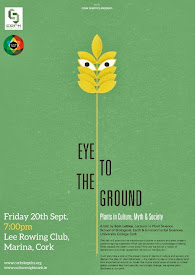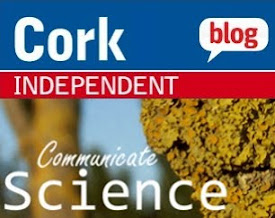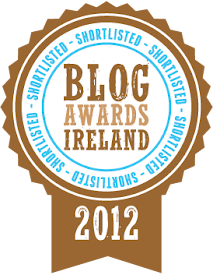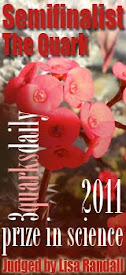Natural History Museum - a history of neglect?
Some excellent news for Irish science with the announcement that the Natural History Museum of Ireland will re-open on Thursday 29th April.
The museum has been closed since 5th July 2007 when one flight of a staircase collapsed suddenly and without warning with about 20 people on it. Eleven people were injured in the collapse. According to a report prepared for the Office of Public Works (OPW) by Price and Myers Consulting Engineers, a sound "like someone biting into a crisp apple" was heard and the flight of stairs gave way.
"such staircases are common to many large 18th and 19th century houses"The stairway was a cantilevered staircase which are common to many large 18th and 19th century houses in Ireland. They are designed to have one side of each stair (or step) attached to the supporting wall of the building. This takes part of the load of the stairway. The rest of the load is passed down the stairs from step to step - the weight coming from above is held by the back of the step, that step is then supported by the step below. This is repeated all the way down the stairs.
The report to the OPW suggested that the failure of the staircase started at the bottom, where it was most heavily loaded and "progressed rapidly up the flight".
On inspection of the collapsed stairway, it was evident to the engineers that pieces of stone had been inserted into the steps to repair wear and tear. This work was probably done over 20 years ago " when little was known of the mechanics of these staircases".
Having carried out stress testing on the collapsed stairway, the report concludes: "It is clear that the introduction of the inserts has very considerably weakened the threads". The remaining flight of stairs at the museum, which did not have such inserts was not affected and after testing has been confirmed as perfectly safe.
It was unfortunate that the collapse should have happened in 2007, as it was the 150th anniversary of the opening of the building as the Museum of the Royal Dublin Society.
A €15 million redevelopment plan for the museum was approved by the National Development Plan in February 2008 and staff began the task of documenting all of the collections (some 10,000 exhibits) on site in preparation for a move to accommodate the necessary building work. This redevelopment plan included the construction of an Earth Science Gallery underneath the front lawn of the building which would exhibit geological collections.
However, by December 2008, the restoration plan was put on hold due to financial constraints and by 2009 a temporary exhibition space was opened at Collins Barracks, Dublin.
A 2005 report by the Royal Irish Academy (RIA) notes that the museum comprises "an irreplaceable and priceless national collection of world-scale historical importance in a setting of the highest architectural significance". This is important to note. The Merrion Street building has often been referred to as a "museum of a museum" given the traditional layout and design which ironically survives due to a lack of public spending on the building.
It is a unique entity, believed to be the last national natural history museum in the world to retain the 'cabinet' layout of the 19th century style.
The report to the RIA insists that the museum should be preserved "as it stands with a minimum of modernisation" but that an extension should be provided to expand and provide more modern interpretive elements, teaching and refreshment facilities and access by the disabled.
"removal of the natural history collections would be symbolic of the notion that science has no part in Irish culture" -RIAA move away from its current location in the heart of Ireland's government district (it is adjacent to Leinster House) is discouraged by the report: "It is the only wholly scientific institution in this complex and removal of the natural history collections would be symbolic of the notion that science has no part in Irish culture".
Given the current state of public expenses, it is hardly surprising that the museum will re-open this month with the minimum of work having been done to the fabric of the building. This is not to detract from the work of the staff over the closure - they have re-cataloged much of the collections and provided new labeling.
As for the Earth Science Gallery and the extension to house new exhibition space and disabled access, these have been put on the long finger once more. It seems the Natural History Museum is destined to stay much as it has been for the past 150 years. Not because there isn't a need to upgrade teaching, exhibition and access facilities, but because the government cannot bring itself to spend money on the much needed improvements. A government which continues to call for its young people to study science, but will allow its science museums to, very literally, collapse.
You may want to complete our poll on the Natural History Museum. Have you ever been? The poll can be found on the top right hand corner of this page.






















0 comments:
Post a Comment